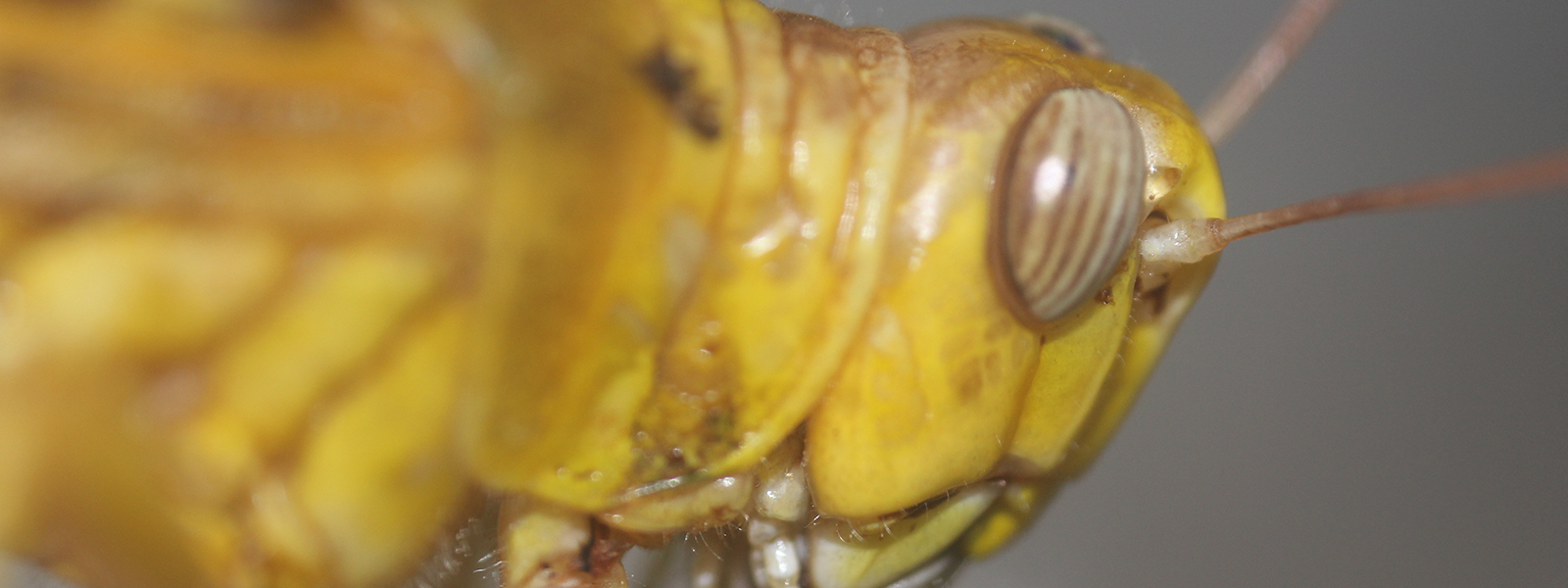For animals, being able to listen to sounds in the environment opens up a new world; a new way to sense their surroundings. Many animals have evolved to use sound for detecting prey and predators, finding and courting potential mates, 'seeing' the world with echolocation, and reaching a level of complexity to enable speech. Having such an acute auditory sense can really be a matter of life and death. The importance of detecting the sounds emitted by friends and foe has driven the evolution of remarkable acoustic sensors. When we can hear a pin drop, we do so because that ability, a long time ago, could have saved our lives. This level of sensitivity, in humans, mammals, and insects has reached a point where some animals can detect sound that is in some respects only just distinguishable from noise - from the thermal buffeting to which every sensor is ultimately restricted. In order to achieve this, animals have evolved many tricks to enhance their auditory capability. Our research investigates the mechanisms of hearing found in animals, and aims to achieve the level of sophistication, sensitivity and functionality of animal acoustics in engineered systems. Such bio-inspired systems would have the potential to improve the industrial use of acoustic sensors and actuators, from ultrasound imaging, non-destructive testing of materials, and even robot guidance.
Current research topics include:
- 3D Insect Tympanal Mechanics
- 3D X-ray microCT of Insect Auditory Systems
- Computer Modelling of Insect Auditory Systems
- Aquatic Insect Acoustics
- Nonlinear Auditory Systems
- Bio-inspired Microphones
- Bio-inspired NDE Ultrasound Transducers and Arrays
- Bat Inspired Sonar
- Multi-scale imaging and modelling of bone deterioration
